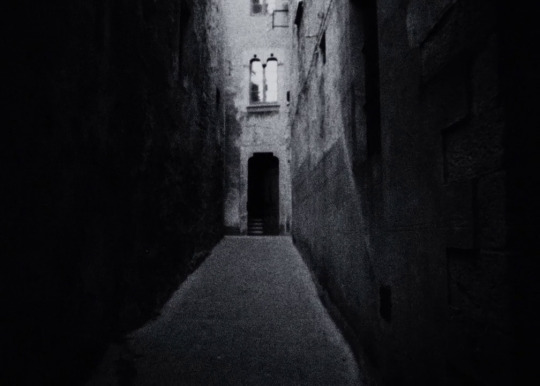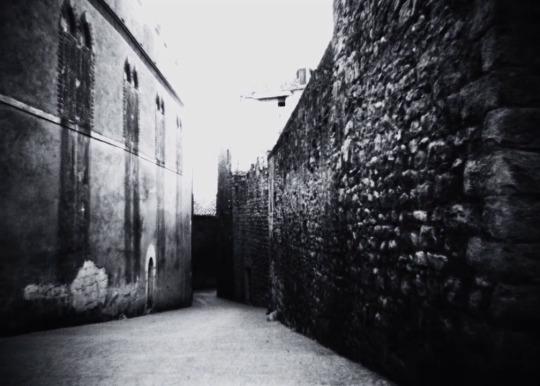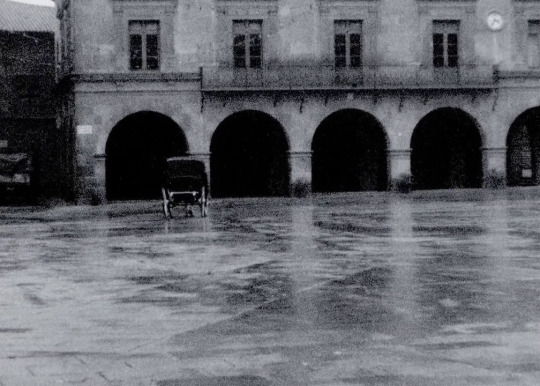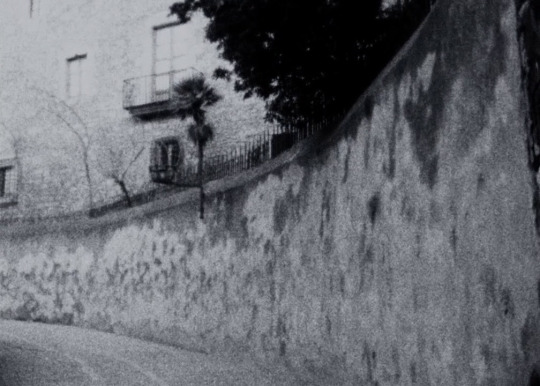#vampir-cuadecuc
Explore tagged Tumblr posts
Photo
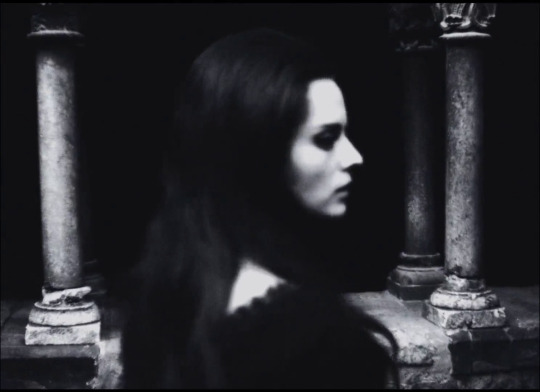
Soledad Miranda in Vampir-Cuadecuc (1970)
75 notes
·
View notes
Text

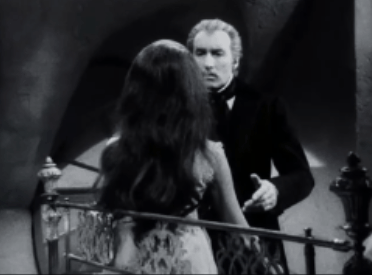
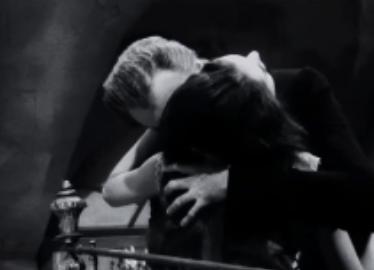
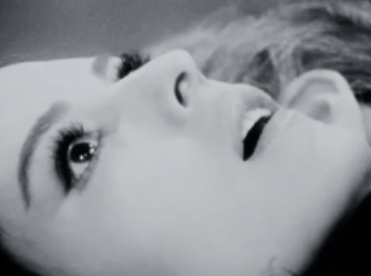
Christopher Lee and Soledad Miranda in Cuadecuc, vampir (1971)
#cuadecuc vampir#christopher lee#soledad miranda#1971#1970s horror#1970s movies#pere portabella#documentary#experimental film#dracula#surreal#jesús franco#horrorgifs#gif#my gifs#gifset#vampire gif
115 notes
·
View notes
Photo

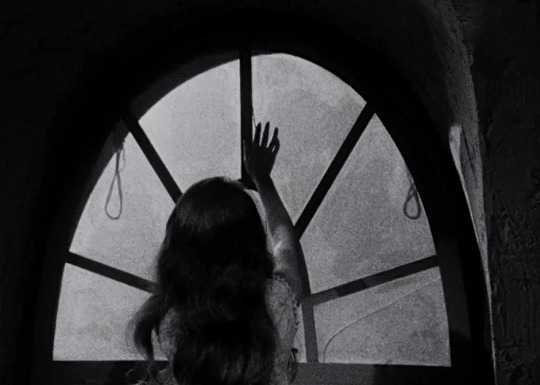

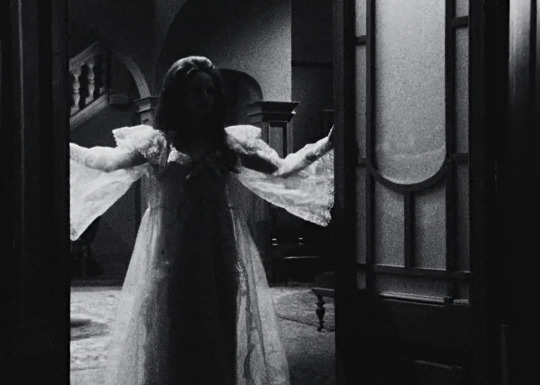
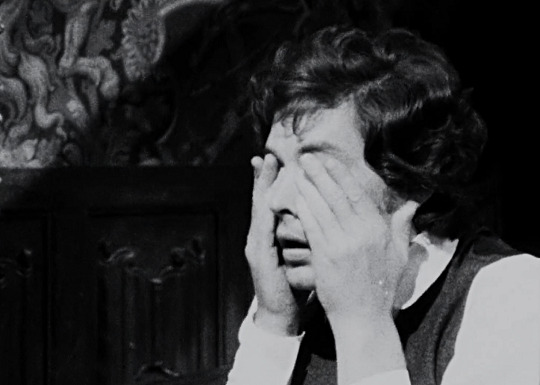
Cuadecuc, vampir (1971) // dir. Pere Portabella
71 notes
·
View notes
Text
archive.org informed me that they took down Cuadecuc Vampir that i uploaded a couple years ago....
#first they took down Out Of The Blue now they took Cuadecuc Vampir#pleaseeeee bro they aren't available anywhere else online i need people to see them....#Petra speaks
6 notes
·
View notes
Text

Cuadecuc, Vampir was filmed simultaneous to Jess Franco’s Count Dracula, and is composed of a lot of alternate angles, behind the scenes footage, and 4th wall breaking asides in an almost dialogue free monochrome. Very striking and interesting, and the second time I know of that two Dracula movies were filmed at once.
#halloween hundred#halloween hundreds#halloween#horror movies#halloween movie#monster movies#monsters#vampire movies#vampires#dracula movies#dracula#count dracula#jess franco#klaus kinski#christopher lee#cuadecuc vampir
1 note
·
View note
Link
Película disponible para ver online en 1080p, con subtítulos en español incrustados.
0 notes
Text




Cuadecuc, vampir (1971), dir. Pere Portabella
41 notes
·
View notes
Text
winter break movie log couple new watches couple rewatches
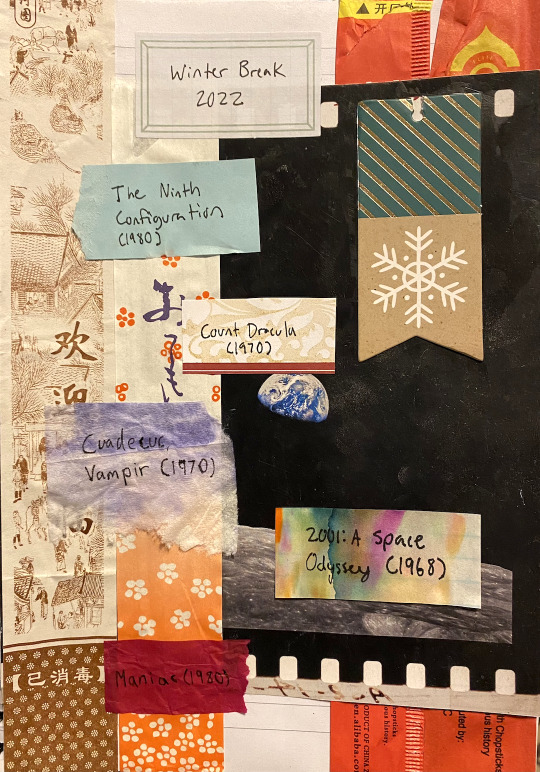
[ID: a collage page made with a picture of the earth taken from the moon and a small variety of chopstick wrappers. a label at the top of the page says "winter break 2022" and there are five different pieces of paper with movie titles written on them: the ninth configuration (1980), count dracula (1970), cuadecuc vampir (1970), 2001: a space odyssey (1968), and maniac (1980).]
14 notes
·
View notes
Text
Sessão Mutual Films: Os vampiros de Luis Ospina e Pere Portabella [Mutual Films Session: The Vampires of Luis Ospina and Pere Portabella]
November 4th: The link above leads to Portuguese-language information about the 26th edition of the Mutual Films Session, co-curated and organized by me and Mariana Shellard, whose screenings will take place between November 6th and 30th at the São Paulo-based unit of the Instituto Moreira Salles.
The event places into dialogue four films by two important contemporary all-genre artists (documentary, fiction, and experimental) whose works often deal with vampirism as a sociopolitical metaphor. The Colombian film and video-maker Luis Ospina (1949-2019) will be represented with the short mockumentary Agarrando pueblo (aka The Vampires of Poverty) (co-directed by fellow Cali native Carlos Mayolo) and the feature-length horror film Pure Blood, both of which discuss the vampiristic divisions along race and class lines in Colombia in the decades following the country's prolonged civil war known as “La Violencia”. The Catalan filmmaker and producer Pere Portabella will be represented with the feature-length experimental film Vampir-Cuadecuc and the shorter video piece Mudanza, both of which reflect in allegorical fashion on the legacy of Spain’s four-decade-long military dictatorship run by the general Francisco Franco. Each one of the two programs will include films by both directors, with the melancholier and more mysterious Program 1 containing a pairing of Mudanza with Pure Blood, and the more overtly playful Program 2 offering Agarrando pueblo (whose title can be roughly translated as “taking advantage of people”) together with Vampir-Cuadecuc. (In Catalan, the word “cuadecuc” means “worm’s tail”, and it also refers to the end of a reel of film stock.)
The November 7th screening of Program 2 will be followed by a public talkback with two Brazilian scholars who have previously worked with these directors’ cinemas. The university professor and film critic Lúcia Ramos Monteiro was responsible in 2017 for the curatorship of a large retrospective of Ospina’s film and video work that was held in Rio de Janeiro in 2017 and in the presence of the director. The journalist and editor Claudio Leal has met Portabella on several occasions and formally interviewed him for a profile piece published in 2021 in the Folha de S. Paulo (the Brazilian newspaper with perhaps the finest arts coverage). During the preparations process up to now, each specialist on one filmmaker has expressed pleasure with getting to know better the work of the other.
Ospina and Portabella superficially seem to be quite different artists, with the Colombian prone to black humor and myriad pop culture references, and the Spaniard moving between oblique and didactic stylistic modes with frequent gestures towards the world of high art. We have therefore been surprised to find that admirers of one also frequently admire the work of the other. This is possibly due in part to how the artworks made by both filmmakers draw upon ideas of subversion that challenge conventional approaches to storytelling in ways that engage the viewer’s critical thinking. The vampire is thus crucial in the works both of Ospina and of Portabella, both as a figure and as a metaphor – an entity that violates boundaries and comfort zones as a way of giving itself life. This entity (the vampire, the vampiric ruler, the vampiric artwork, the artist) is inevitably all at once dangerous, attractive, and aware of its own power.
The filmmakers detail the ideas behind their works in two supplementary texts that have been translated into Portuguese for our website. One is a monologue by Portabella about the making of Vampir-Cuadecuc, which was originally delivered in Castilian in 2017 and included as a video interview on the Second Run DVD edition of the film. The other is a career-spanning interview with Ospina that was conducted by the Polish-American film critic and programmer Ela Bittencourt during a retrospective that the filmmaker received in 2018 at the festival DocLisboa and subsequently published in English in the magazine Film Comment. Both men speak lucidly and generously about their work in these pieces, as they were known for doing throughout their careers. However, when it comes to truly understanding the potency of their films, something emerges that is also the case with vampirism: No rational explanations suffice.
0 notes
Text
cuadecuc, vampir / pere portabella. 1971
>>> https://youtu.be/kwD1G2Vo198?si=sEyuHawzEKcLllXd
View On WordPress
0 notes
Text
currently we got (in the order that theyve been jammed back on the shelf):
the vultures eye, which is super low budget but absolutely excellent and a very unique adaptation
the jack palance one
cuadecuc vampir
draculas curse (<-sucks)
terror of dracula, which came in a thoroughly exploded case that i had to tape back together and is now made of 75% packing tape and 25% shrapnel
frank langella
[ted theodore logan voice] bram stokers dracula
a 4-movie set of various hammer ones including the straight up 1958 one
a set of universal ones which has both the english and spanish version
the turkish one
count dracula (the christopher lee one)
those feratu (the old one)
and we also have the pakistani dracula which Fucking Rules but its not on our shelf rn bc i lent it to my brother
mom gives me grief for all the dracula dvds we have but upon sorting through our dvds i discover she has Numerous movies about like. dudes getting stuck in mountains. not even just the ones who crashed in the andes but like documentaries about people climbing mount everest & shit. i was like Hello Whos Got A Specific-Ass Genre Now. she didnt even believe me i had to get em all out for her. she was like "yeah we cant get rid of these"
282 notes
·
View notes
Photo





Glitch Art
El Sur (1983)
First Reformed (2018)
Slacker (1990)
Vampir-Cuadecuc (1971)
2 notes
·
View notes
Photo
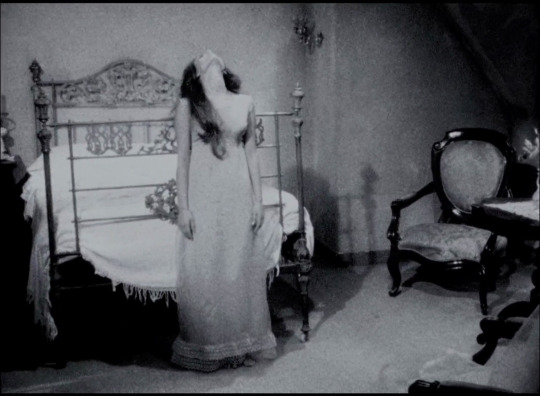
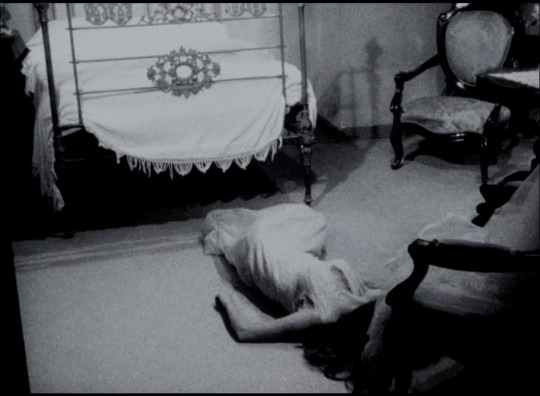
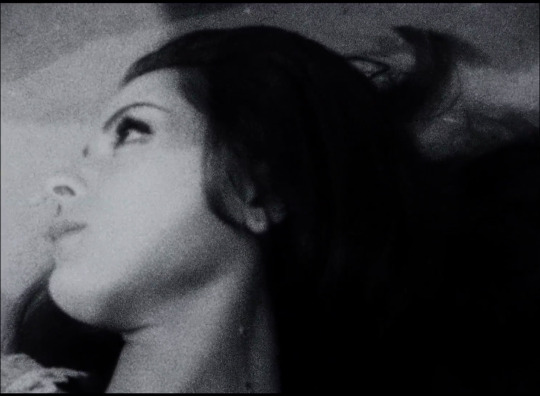
Cuadecuc, Vampir (Pere Portabella, 1971)
#Cuadecuc Vampir#Cuadecuc#Pere Portabella#soledad miranda#1971#horror#black and white#vampire#vampires#jess franco#jesús franco#sleep#interiors#bed#experimental film#vampir cuadecuc
2K notes
·
View notes
Photo
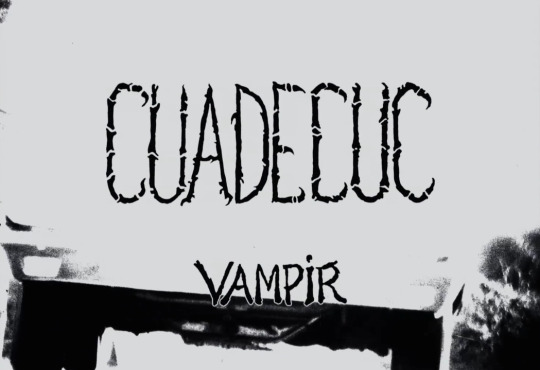
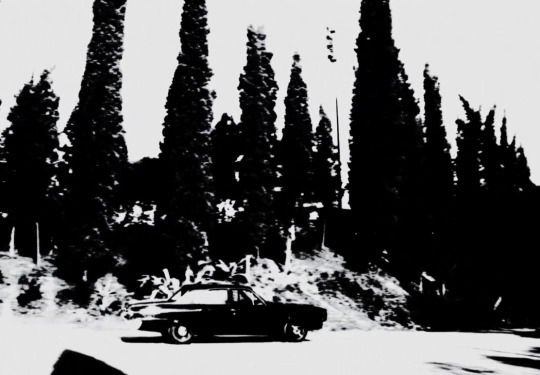
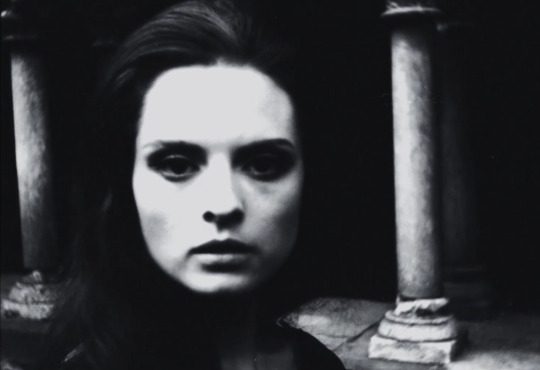
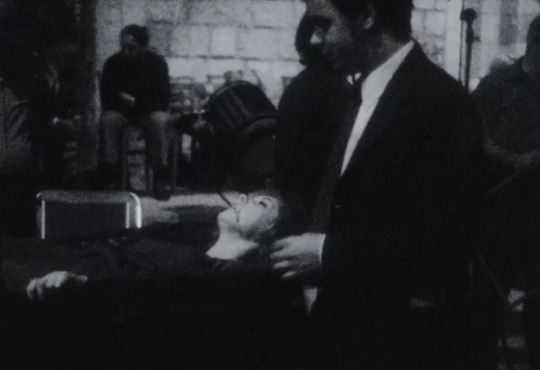
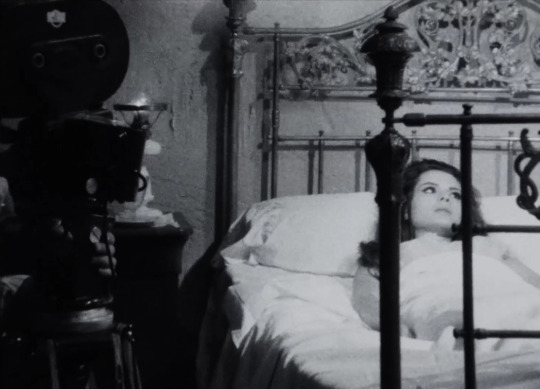
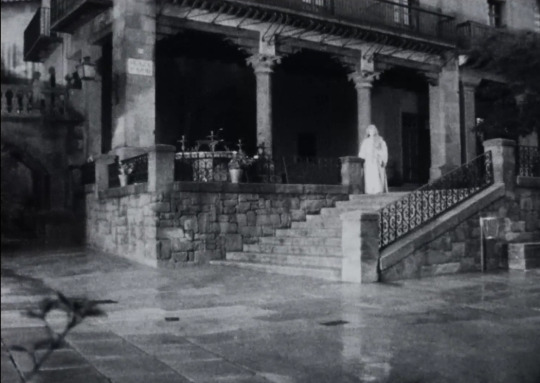
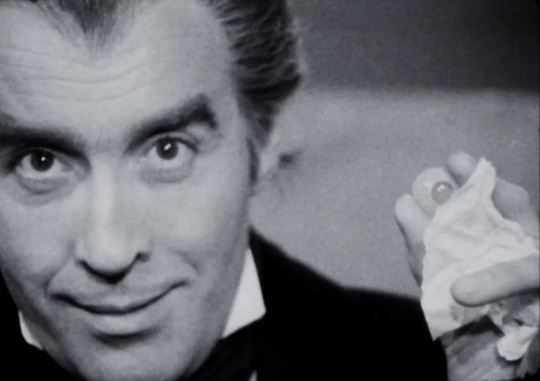
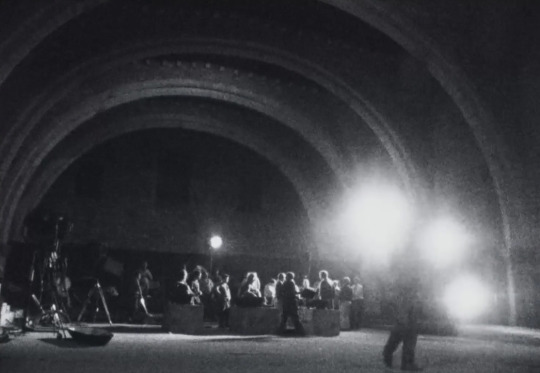
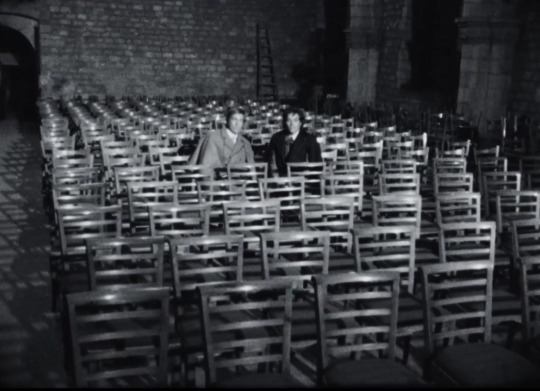
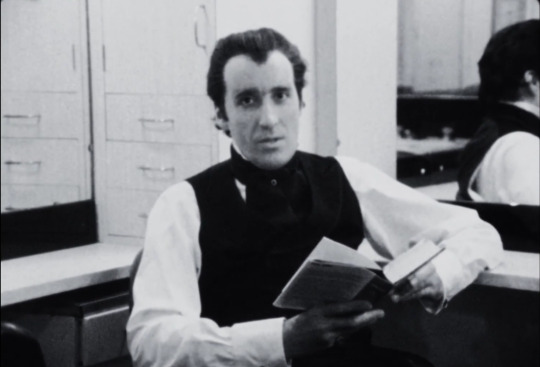
Cuadecuc, Vampir (1971)
20 notes
·
View notes
Photo






Christopher Lee on the set of Jesus Franco’s Count Dracula, from Cuadecuc, Vampir (Pere Portabella, 1971)
#alfredsnightmare#zulawskis#yavannastrees#christopher lee#cuadecuc vampir#mine#sexy!!!!!!!!!!!!!!!!!!!#eye horror tw#just in case.. idk. it freaks me out too!!!!!
4K notes
·
View notes
